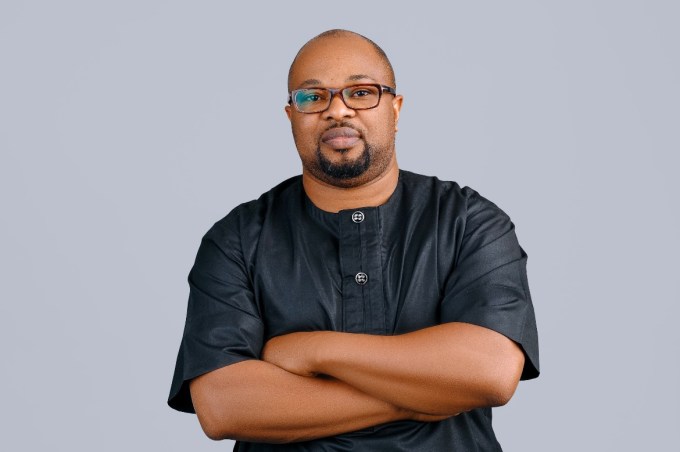As the US and Europe bakes in abnormal summer heat, the climate continues to climb up the world’s agenda. With everyone now talking about energy, how commodities are traded is also becoming a talking point.
Creating a “nutrition label” so that it would be possible to track the provenance of a commodity – be it coal or pork bellies – is considered by many to be the holy grail of that sector, and – these days – especially if CO2 emissions is factored in. We covered how the Watr Foundation, a Swiss-registered foundation created by experience commodities founders, plans to do this via the use of blockchains, incorporating the technology into commodities trading.
It’s now collaborating with Parity Technologies, creators of the now globally famous Polkadot (a protocol that connects blockchains) and Kusama, a network of specialized blockchains built on code similar to Polkadot.
Watr will now serve as the public blockchain protocol and decentralized app ecosystem for what it calls “ethical commodities”, alongside their financing and trade. Intended for for both retail and enterprise uses, Watr’s plan is to deploy widely in Africa.
Led by Gavin Wood, co-creator of Ethereum and its founding CTO, Parity’s partnership with Watr is designed to co-develop the Watr protocol and key applications, and execute joint R&D on the functionality required to make the platform perform for the 17-trillion dollar commodities industry.
Watr is Substrate-based, EVM-compatible, and will use the Polkadot ecosystem and security as a parachain. This means developers will be wooed to work on the DevNet, connecting to Rococo by early September.
Omar Elassar, Global Head of Ecosystem Growth & Business Development at Parity Technologies, said in a statement: “This collaboration will bring Watr’s deep commodities’ expertise to the Polkadot ecosystem and kick-start a platform for Web3-enabled solutions that solve pressing industry issues. This is a big first step on the path towards greater adoption of Web3 within a massive industry that’s crucial to the global economy.”
Watr Foundation Council President Maryam Ayati added: “The opportunity to create new classes of ethical commodities and traded supply chains is tremendous. We are thrilled to have the legendary team at Parity join us and our existing partners in enabling commodities’ transition to Web3 business models and liquidity while safeguarding the security and decentralized ethos of a public blockchain servicing both retail and regulated institutional users.”
Because there has been a capital shortfall of some $1.5 trillion for commodities, partly due to ESG concerns, the timing might be right for WATR’s aspirations, since the market is now looking for tools for suppliers – and consumers – to differentiate between ‘good’ and ‘bad’ in the pricing of commodities.

